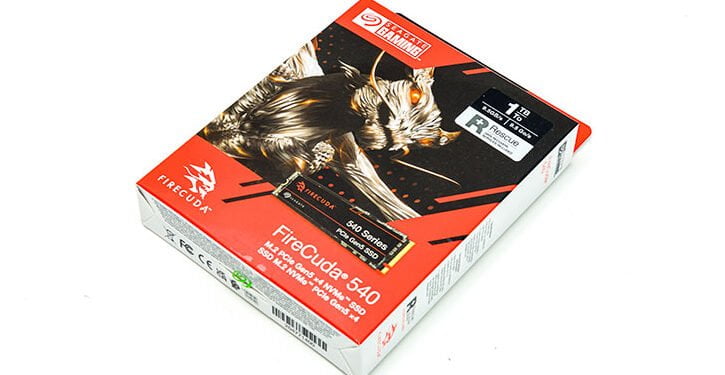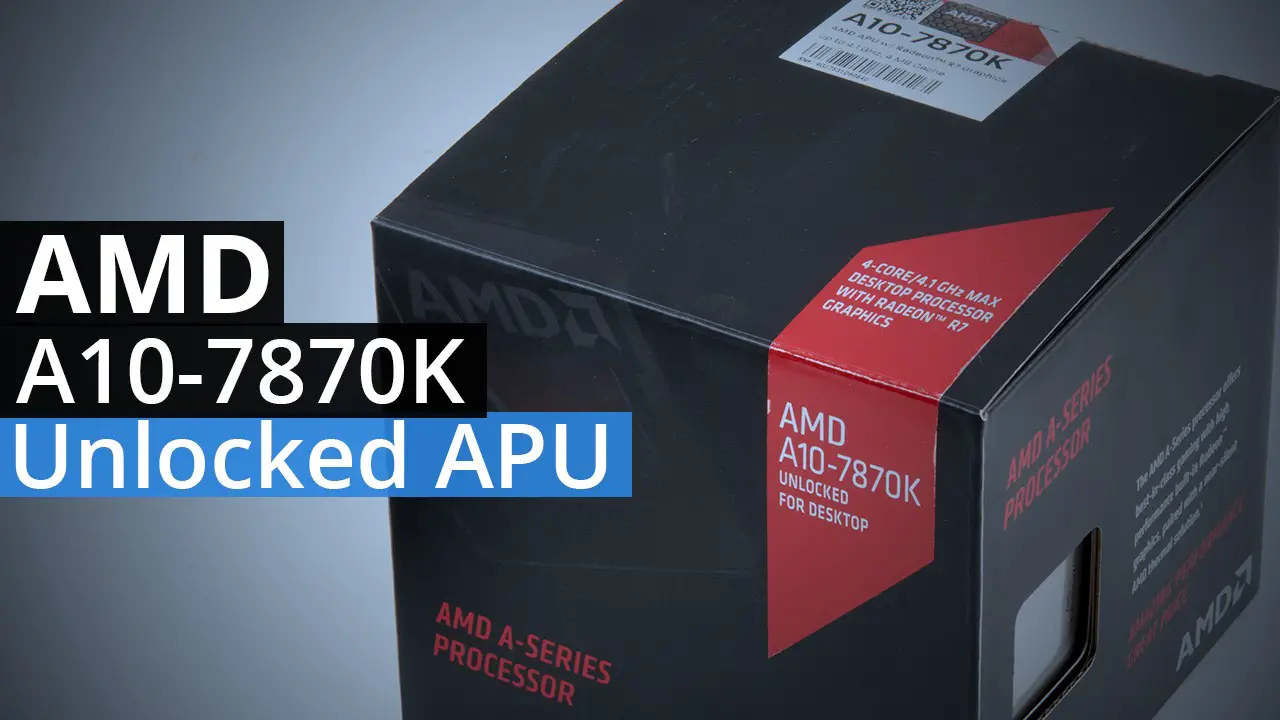We have personally been reviewing Seagate branded Solid Sate Drives for nearly a decade and a half now (and ‘consumer orientated’ Seagate SSDs since ~2013). In that time, we have seen Seagate transform from a spindle and platter orientated company that kinda-sorta dabbled like a dilettante with solid-state into a true hybrid storage company. One that places just as much time, effort, and resources on their flash-based portfolio as on their spindle and platter tech. In that time a few things have remained the same: reliability and performance are the guiding principles of their designs. In the flaming hot Phison E26 era this philosophy has placed Seagate in a rather interesting position: instead of chasing just performance the new FireCuda 540 series promises to provide an easier to live with SSD that does not compromise (all that much) on performance. That is indeed a tall order, and thanks to Seagate we will be investigating if this indeed the case.
At the time of this review the FireCuda 540 SSD is available in two capacities: 1TB and 2TB; however, in a rather unusual twist the 540 series is only offered in non-heatsink equipped options. On the surface this certainly sounds unusual as all existing Phison E26 based SSDs require a heatsink (lest they thermal limit so fast it crashs your system). However, as we went over in the T700 Pro review, a ‘nekkid’ variant offers owners more flexibility in what cooling option would be optimal for a given build… as OEM heatsinks for the most part are compromise design(s) that are neither the best at cooling, nor the best at system compatibility.

This however is only where Seagate’s philosophy of flexibility starts. In a somewhat controversial move the 540’s power maximum consumption has not been set to darn near ludicrous levels (by M.2 standards). Instead, the total board power has been set to what Crucial lets the Phison E26 run at – approximately 10watts (1TB model, 2TB is about 11). On paper, reducing the power setting of the E26 by double digit percentage does have an impact on performance. To be precise, the ‘Cuda 540 1TB is rated for about 9.5/8.5K sequential r/w performance, and 1.3M/1.5M random IOPS… or about 2.5GB less read and 1’ish Gigabytes less write performance. In theory. The reality remains to be seen – as ‘underclocking’ is the latest trend in enthusiast PC circles with usually little to no noticeable difference in overall real-world performance.
What is not up for argument is what this lowering of heat does for longevity. Yes, Seagate and Crucial offer 5-year warranties. Yes, both use the exact same cutting-edge “B58R” Micron RG 232-layer TLC NAND. However, Seagate ups the write endurance coverage from 600TB total byes written to a whopping 1000TB (1TB vs. 1TB models). This less heat with better longevity versus sheer performance is the crux of the issue when trying to decide which option is best for a given build. Put another way, for power users who do indeed hammer their system’s hard is the performance impact small enough to warrant the added peace of mind that goes along with the massive increase in durability? That is (pardon the pun) the burning question we will try and help you our loyal readers answer.









